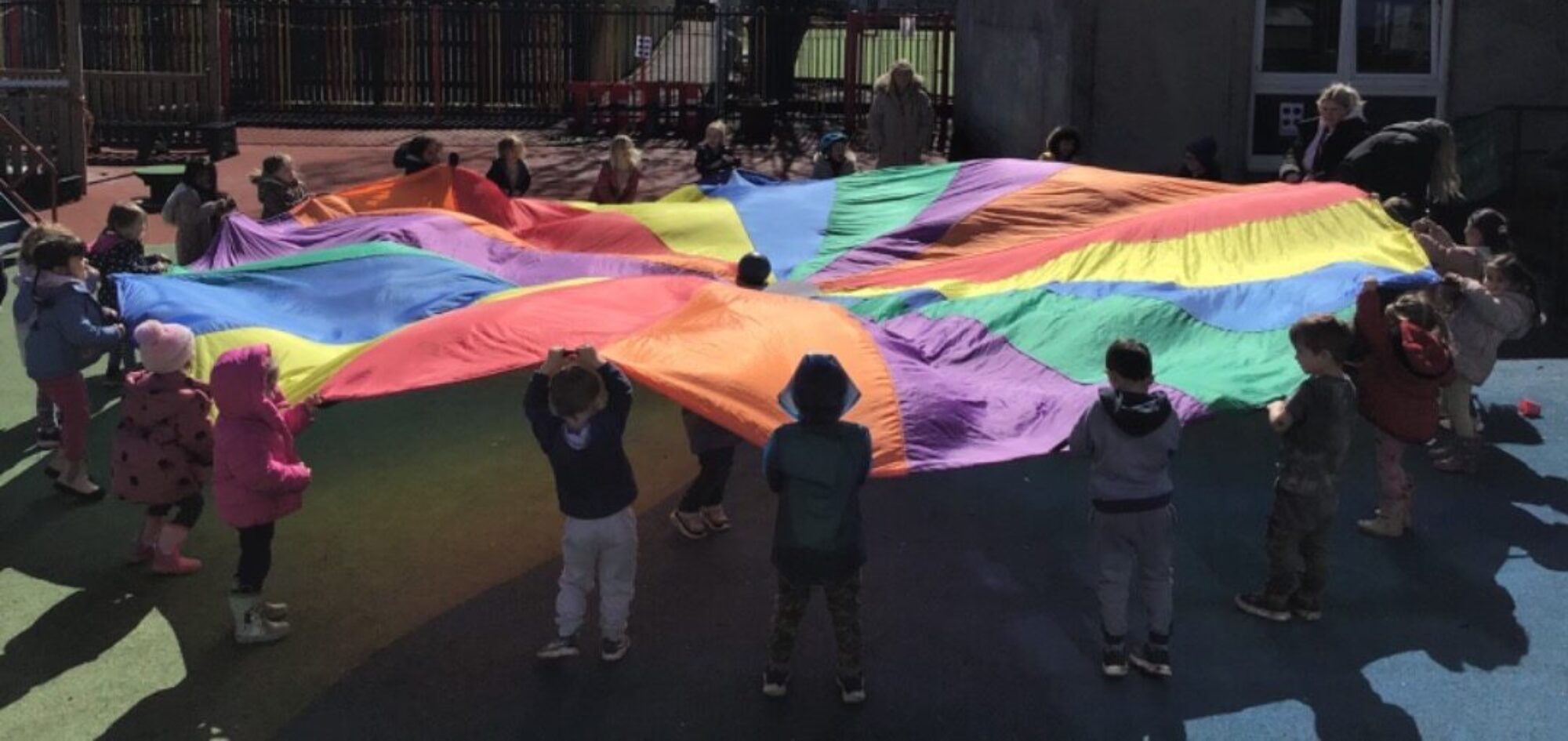What is STEM and how do we support it in the early years?
At Colquhoun Park EYC we understand the importance on igniting children’s natural interests, by ensuring we give them plenty of opportunity to experience, explore and experiment.
Science, Technology, Engineering and Mathematics based activities (STEM) give children the opportunity to work collaboratively building on communication, problem solving, critical thinking, hypothesis and much, much more. By creating opportunity in the early years for children to build these skills we supporting our future scientists, technologists, engineers and mathematicians to lead the way in innovations.
Some examples of how we incorporate STEM into our learning










